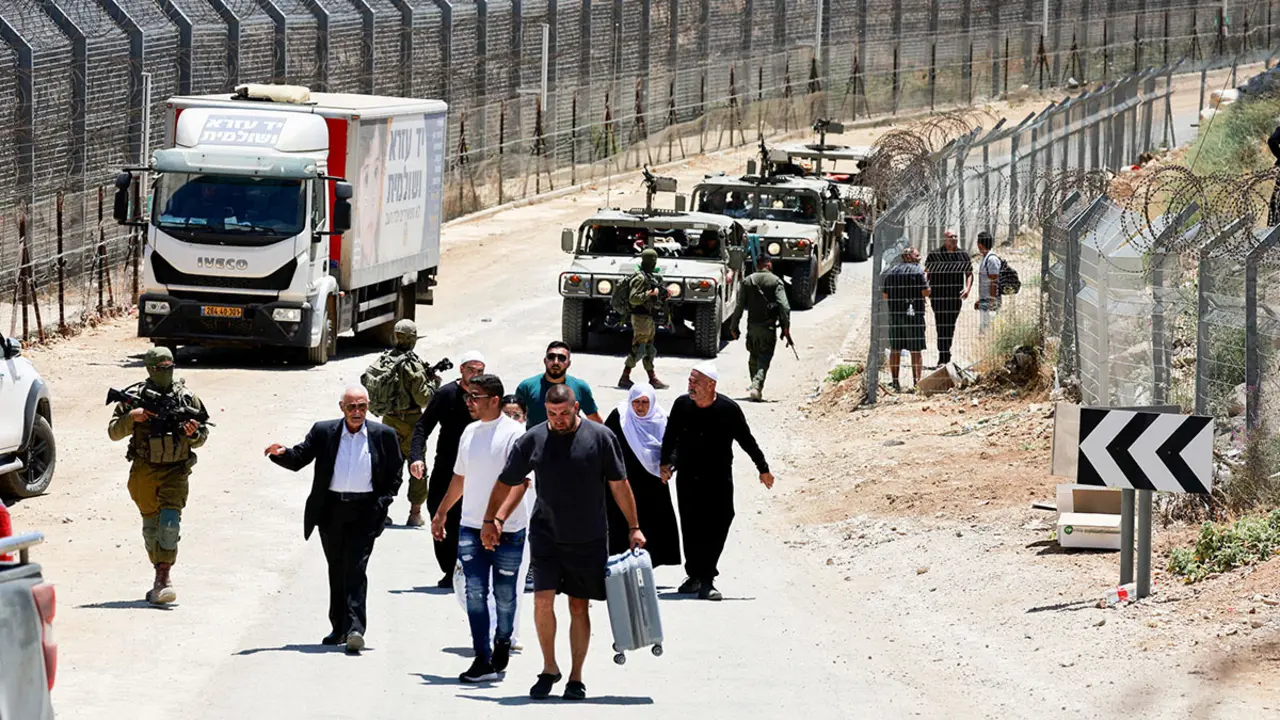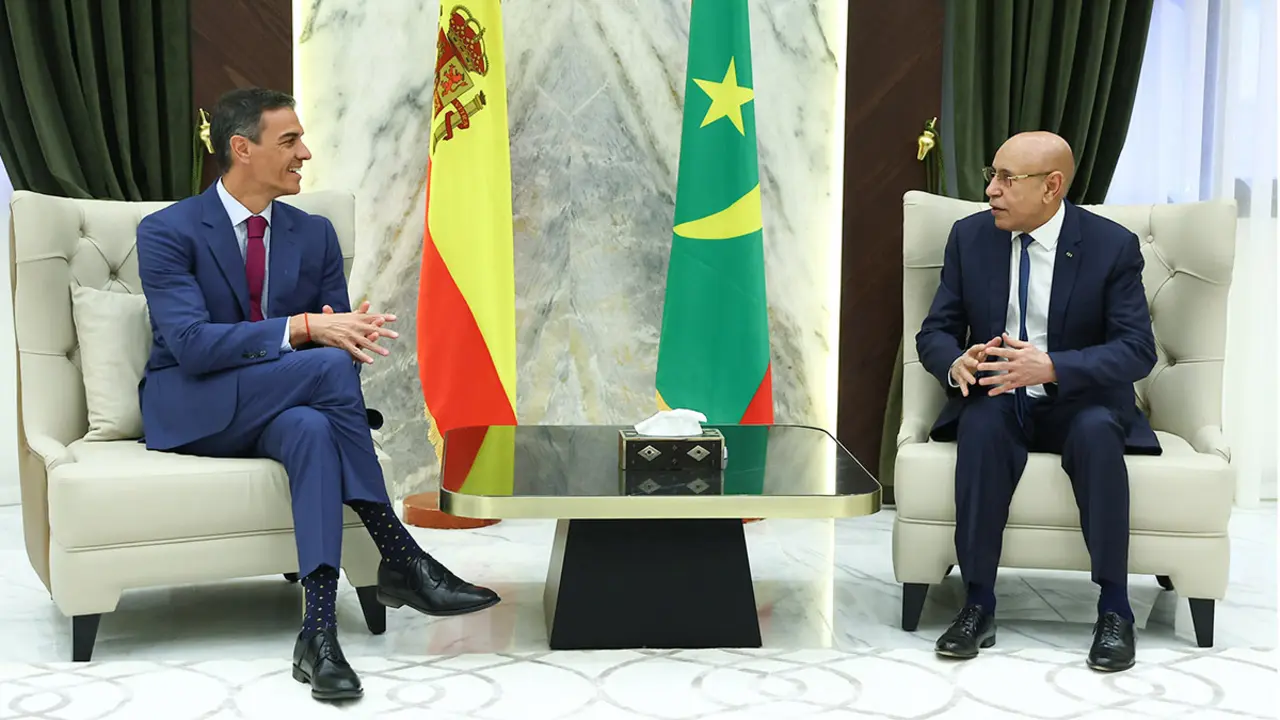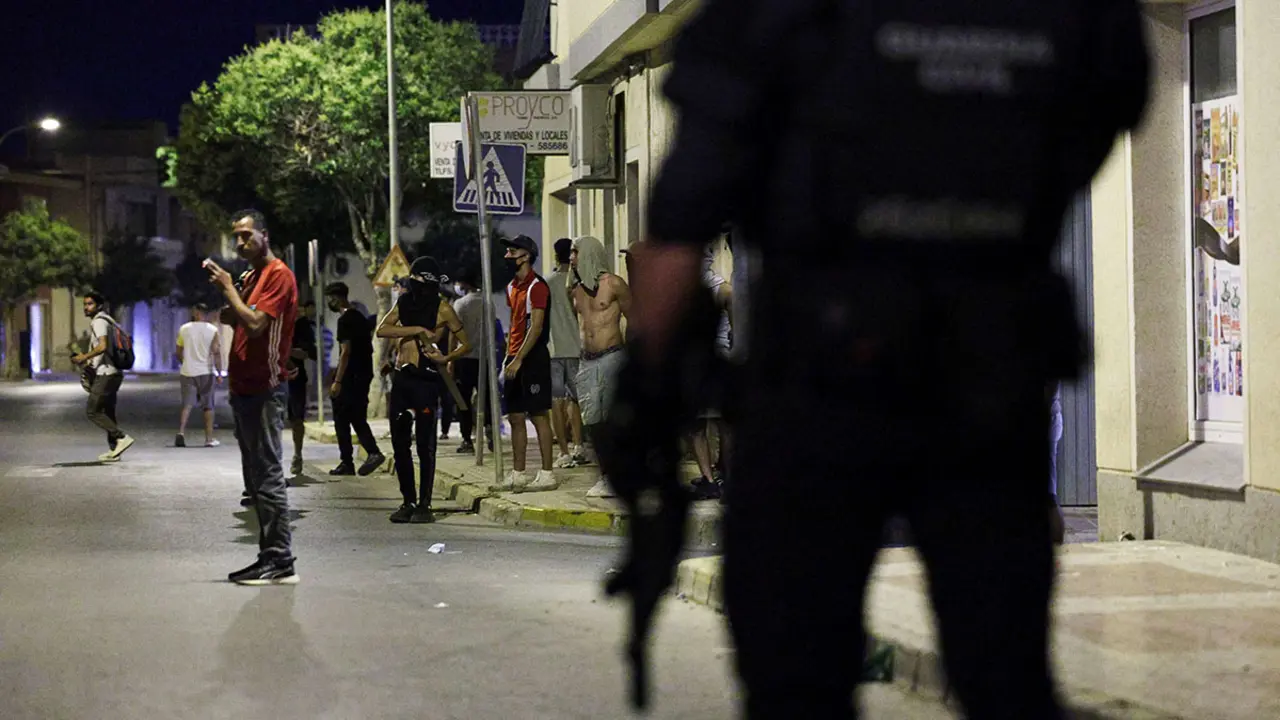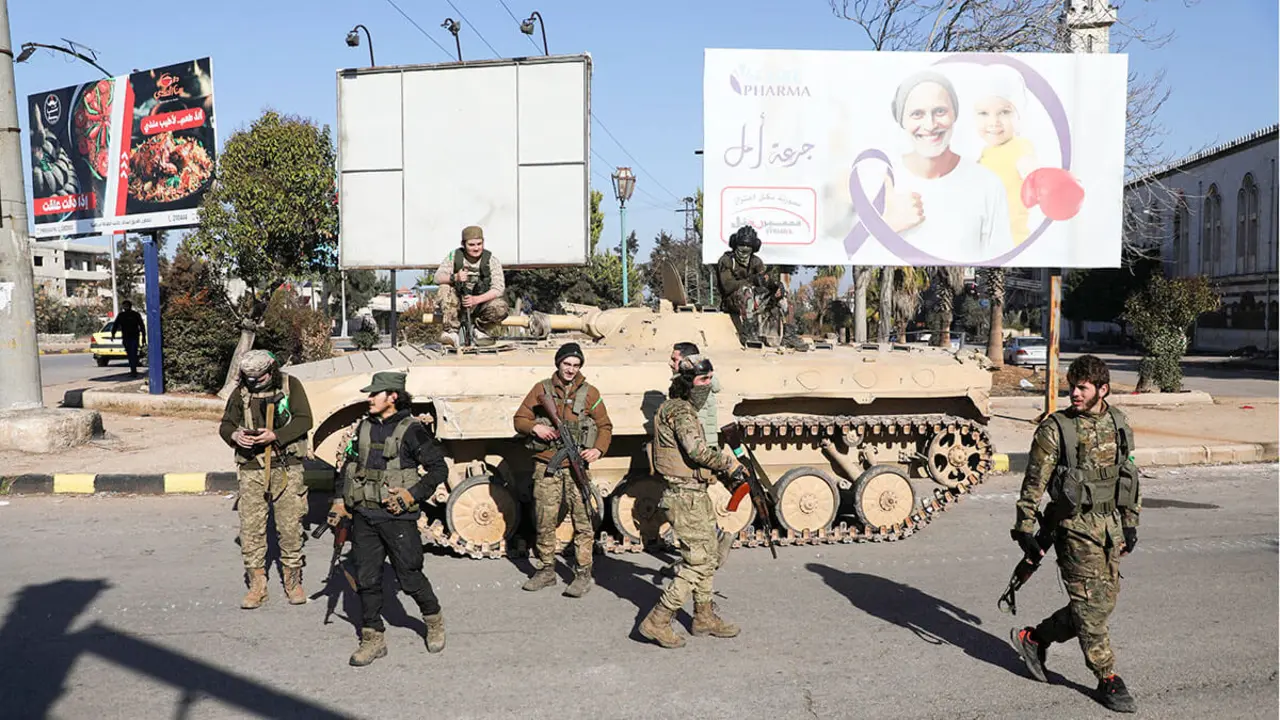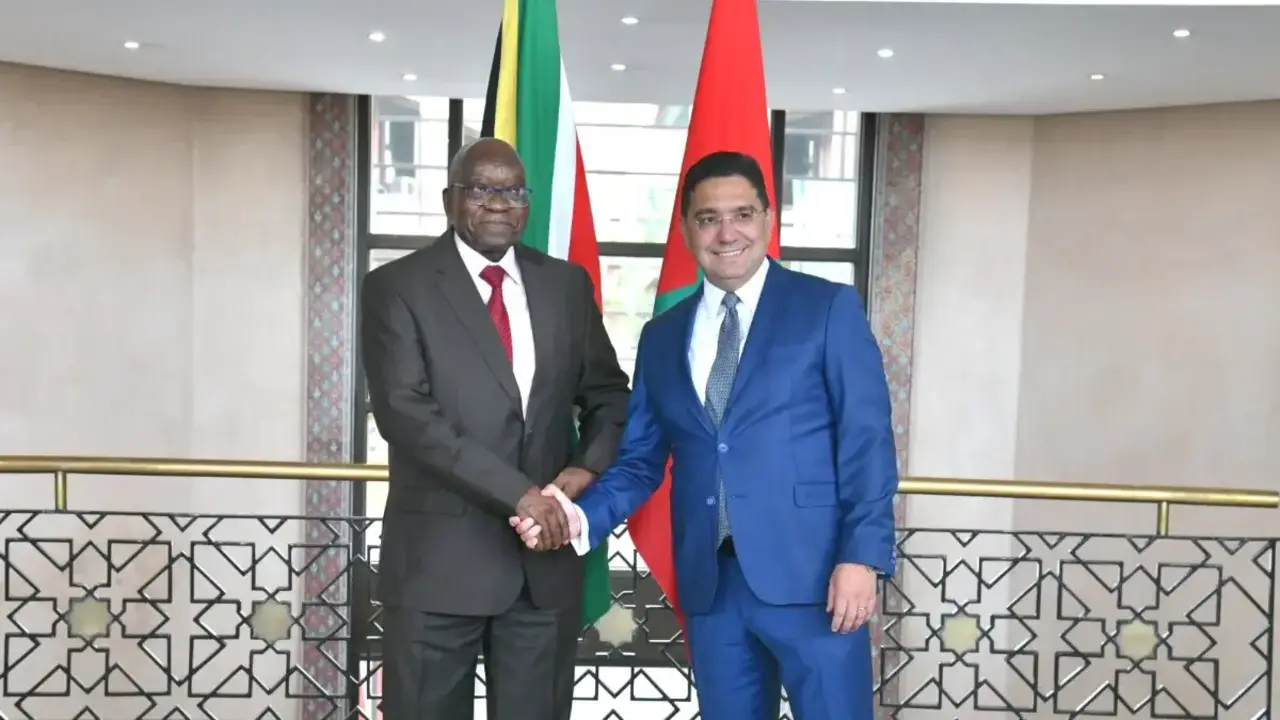US steps up military presence in Middle East as Iranian attack on Israel looms
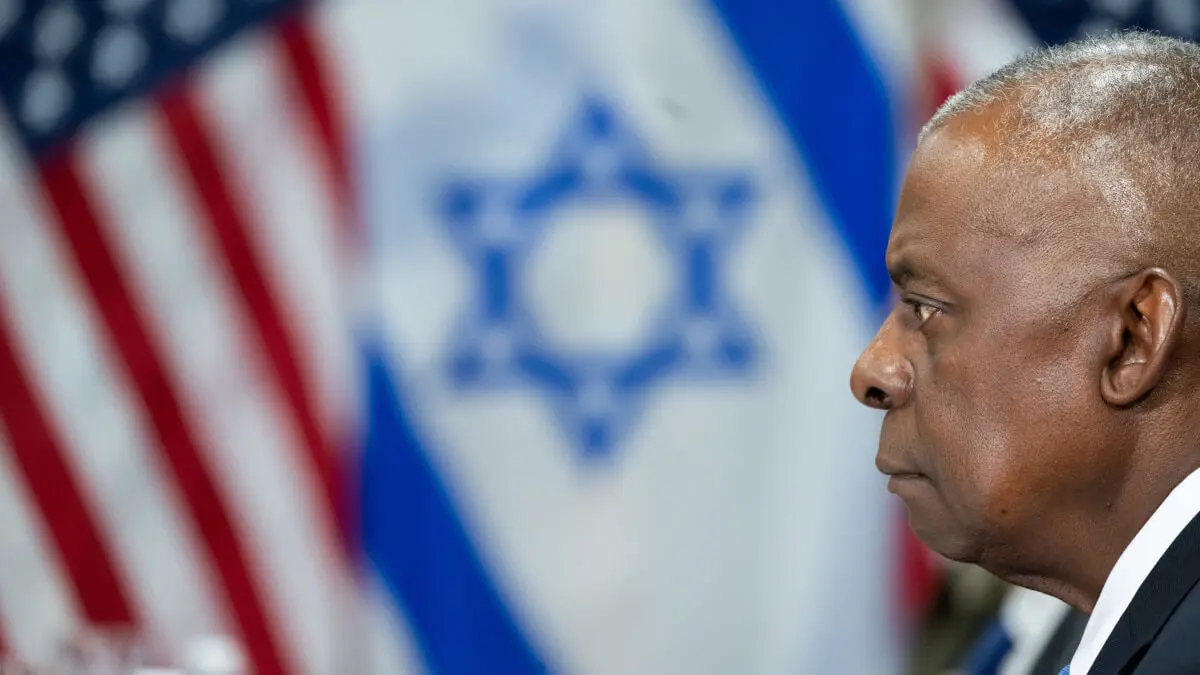
- The Iranian Axis and Israel's multiple fronts
- Iranian attack: possible scenarios
- "The battle is also psychological"
- Sinwar, "the butcher of Khan Younis", new Hamas leader
The Middle East is holding its breath over the imminent attack by the Islamic Republic of Iran on Israel in retaliation for the assassination in Tehran of former Hamas leader Ismail Haniyeh. As the Jewish state prepares for this threat, the US is increasing its military presence in the region in order to protect its military bases as well as its main ally in the region.
About a dozen F/A-18 fighter jets from the aircraft carrier USS Theodore Roosevelt flew to a military base in the Middle East as part of the Pentagon's plans to defend Israel from possible attack by the Iranian regime and its regional proxies, which also pose a danger to US troops.
In fact, recently, amidst the tense situation in the region, several US soldiers were wounded in an attack on al-Assad's air base in Iraq. The self-styled Islamic Resistance in Iraq militia group, a pro-Tehran group, claimed responsibility for launching four missiles at the Washington-led coalition airbase in western Iraq.
🚨🚨🚨
— Omar Abu Layla (@OALD24) August 5, 2024
Despite the C-RAM system at Ain al-Assad base, which intercepted several rockets from Iraqi militias targeting the base in western Iraq today, one rocket managed to hit the base, resulting in injuries to several American soldiers, though the severity of their wounds is… pic.twitter.com/niwbts2EAT
In addition to fighter jets, Defence Secretary Lloyd Austin earlier announced the dispatch of warships and destroyers with ballistic missile defence capabilities to the Middle East and Europe. This military deployment will be joined in the coming days by another squadron of F-22 fighter jets, which will be mobilised from their base in Alaska.
Although part of this military deployment is intended to defend US troops from the threat posed by the Islamic Republic and its allies in the region, most Americans oppose sending troops to defend Israel.
Today I spoke with Israeli Minister of Defense Yoav Gallant to reiterate ironclad U.S. support for Israel’s right to self-defense against threats posed by Iran, Lebanese Hizballah, Houthis, and other Iranian-backed terrorist groups. I discussed U.S. defensive force posture moves,…
— Secretary of Defense Lloyd J. Austin III (@SecDef) August 5, 2024
A recent poll by the Chicago Council on Global Affairs found that 55% of Americans disapprove of such a military deployment, compared to 41% who approve. Republicans are more supportive of such a move, with 55% of them supporting the deployment of troops, as are 35% of Democrats and independents.
How long the planes will remain in the region will depend on what happens in the coming days in the Middle East, a region facing escalating violence after the assassinations last week of a senior Hezbollah commander in Lebanon and the top Hamas political leader in Iran.
The Iranian Axis and Israel's multiple fronts
Following the 7 October Hamas attack on Israel that left 1,200 people dead and more than 200 kidnapped - many of them still in the Gaza Strip - Israel vowed to finish off the terrorist organisation, especially its leaders, as they played a key role in planning the massacres.
Following this attack, which started the ongoing war in Gaza that is now entering its eleventh month and has caused a severe humanitarian crisis in the Palestinian enclave, Hezbollah joined the conflict, launching recurrent attacks against northern Israel that have led to the evacuation of thousands of people.
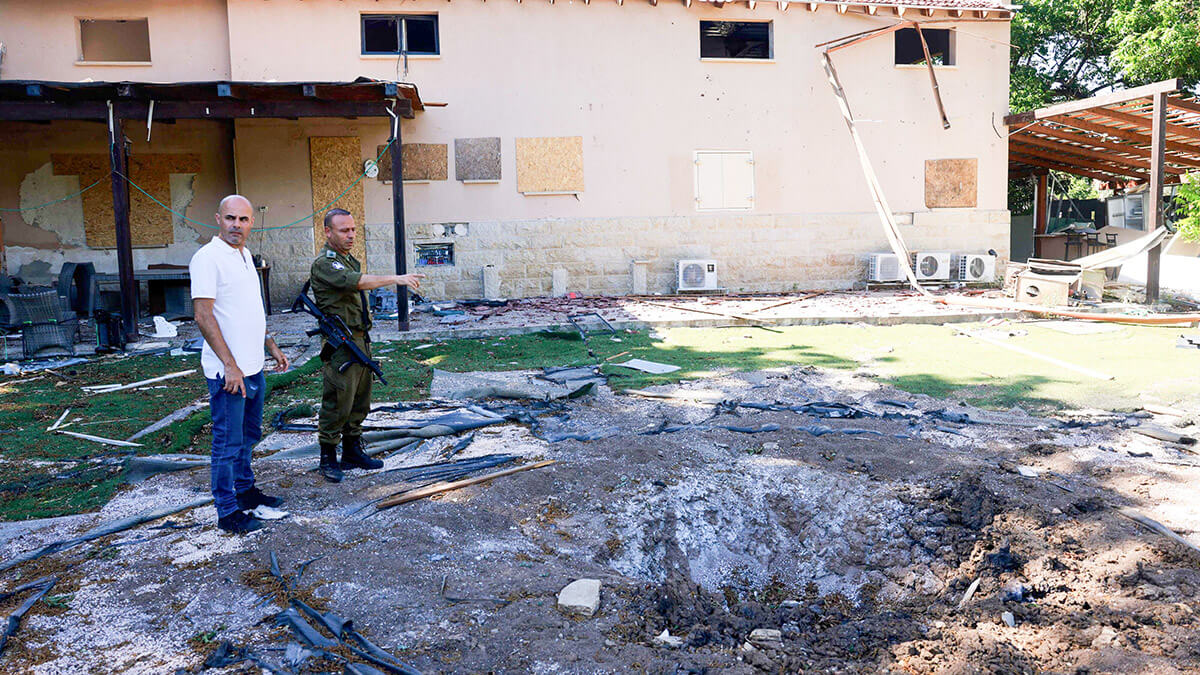
In addition to Hezbollah, Yemen's Houthi rebels have become involved in the war, attacking ships transiting the Gulf of Aden, threatening global trade. The Houthis have also launched attacks on Israeli territory, especially the Red Sea coastal city of Eilat. Last month a Yemeni-launched explosives drone struck a building in central Tel Aviv, killing one man and causing extensive property damage.
All of these militias are backed by Tehran, as are certain armed groups in Iraq and Syria, so it is expected that they could be involved in some way in the major attack that the Iranian regime has been threatening for days.
Iranian attack: possible scenarios
As Ynet notes, the self-styled 'Axis of Resistance' may choose to respond with separate strikes against Israel, with Hezbollah attacking certain targets, while at the same time - or earlier - Iran focuses on others.
The Houthis, who have also vowed revenge after the bombing of the port of Hodeidah, are also expected to participate in the attack in one form or another, as are pro-Iranian militias in Syria and Iraq.
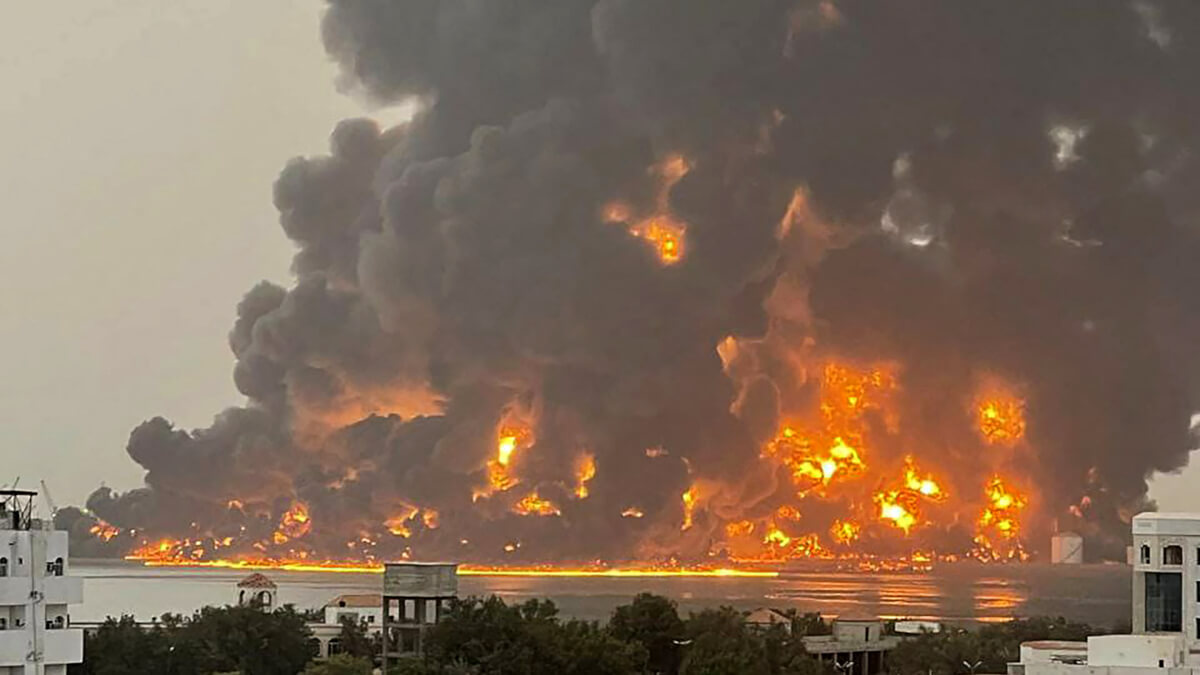
Among the targets that could be attacked in Israel are the symbols of the country, such as the Knesset, the Prime Minister's office, the Prime Minister's residence, the Kirya defence headquarters in Tel Aviv, air force bases, intelligence bases, the Mossad base and the Shin Bet base.
There are also fears of serious damage to vital infrastructure such as power plants, ports, airports, fuel and ammonia storage facilities and main roads. However, both Hizbollah and Tehran are aware that the Israeli air force has the capacity to respond robustly to such attacks, damaging Iran's oil reserves, nuclear power plants, or civilian infrastructure in Lebanon.
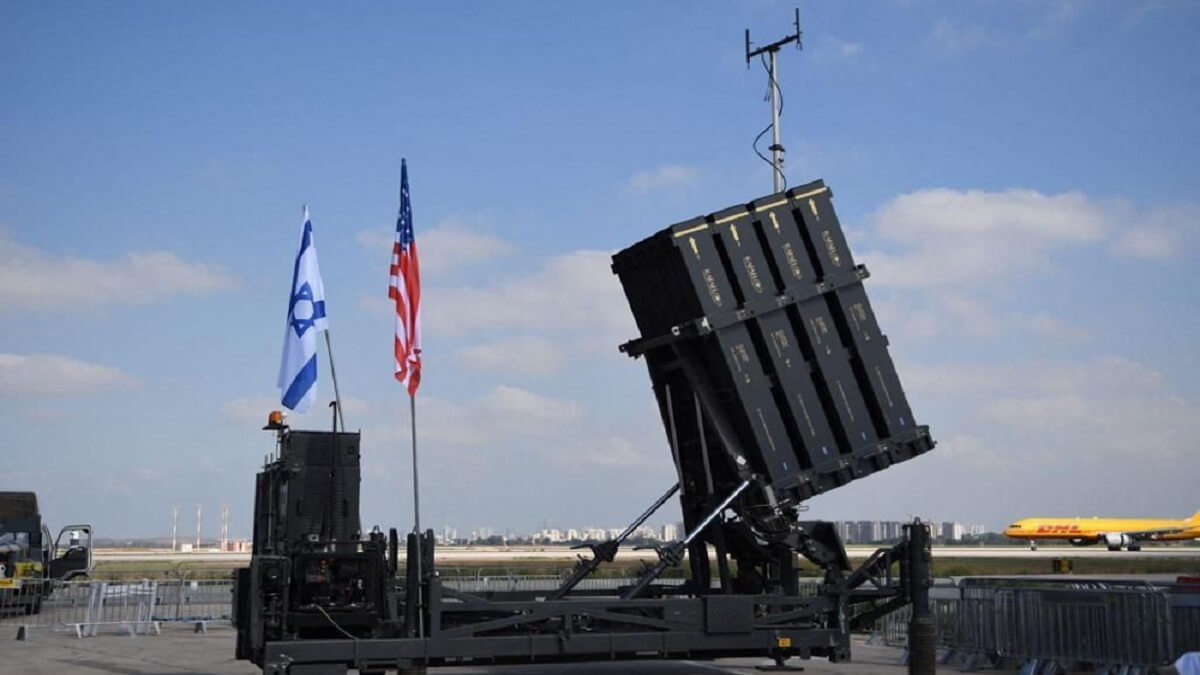
Should the Iranian axis also seek civilian casualties, it could strike major urban centres such as Tel Aviv and Haifa, an action that will lead to an escalation that Tehran wants to avoid at all costs, as for the regime its survival is the priority. Even Russia has reportedly asked Iran to take a moderate response and, above all, to avoid civilian casualties.
The Israeli media outlet notes that cyber incidents can also be expected that will attempt to damage the alert system and disrupt mobile communications, as well as attacks against Israelis abroad or against Israeli diplomats and embassies.
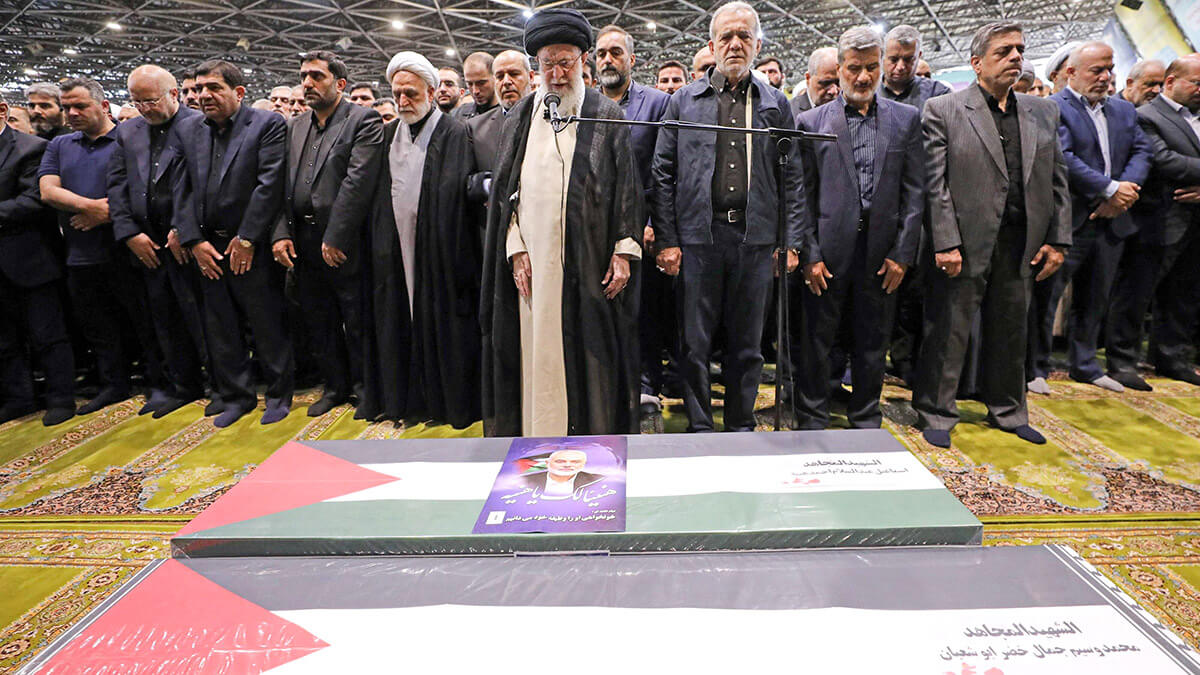
"The battle is also psychological"
On possible retaliation against Israel, Hezbollah leader Hassan Nasrallah spoke recently during an event held in memory of assassinated senior Hezbollah commander Fuad Shukr. In a publicly broadcast speech, Nasrallah said that "waiting is part of our response", as "the battle is also psychological".
Before the speech, Israeli air force jets flew over Beirut's Dahieh district, breaking the sound barrier and sparking panic in the Lebanese capital.
Breaking
— Nafiseh Kohnavard (@nafisehkBBC) August 6, 2024
For the fourth time in a row Israeli jets broke the sound barrier over Beirut right above us pic.twitter.com/MvGBARsNAX
Nasrallah added that the response will come "perhaps separately, or perhaps with the whole axis together", asserting that "Hezbollah and Iran have the capacity to respond to Israel's assassinations with caution and care". "All of Israel is on alert, from the north to the centre to the south. Regardless of the consequences, the resistance will respond to Israel's aggression. Our response will be strong and meaningful," he stressed.
Despite fears of an imminent attack, life in Israel continues as normal and currently the authorities have not announced any changes or internal security measures.
WOW WATCH 💥
— Open Source Intel (@Osint613) August 6, 2024
This evening, while Nasrallah was threatening Israel in his speech, the IDF struck a significant Hezbollah weapons depot in Kafrkela, southern Lebanon. pic.twitter.com/s1uTn6HTiS
Nasrallah's speech came after Hezbollah fired several shells into northern Israel "in response" to an Israeli attack in southern Lebanon. Since hostilities began in October, at least 542 people have been killed on Lebanese territory, most of them fighters but also civilians, according to an AFP count. On the Israeli side, meanwhile, at least 22 soldiers and 25 civilians have been killed by Hezbollah attacks.
Hezbollah/Iran hadn’t stopped attacking Israeli civilians for a minute since 10/7. Today 19 people were injured from an explosive drone near Nahariya. The victims are Muslims and Jews, because terrorists don’t care who dies - as long as they do. pic.twitter.com/nY6m3BNxQz
— Yael Bar tur 🎗️ (@yaelbt) August 6, 2024
Sinwar, "the butcher of Khan Younis", new Hamas leader
As the Middle East prepares for the Iranian attack in response to Haniyeh's assassination, Hamas appoints Yahya Sinwar as its new leader. Sinwar, considered the mastermind of the 7 October attack on Israel, has been hiding in a tunnel in Gaza ever since.
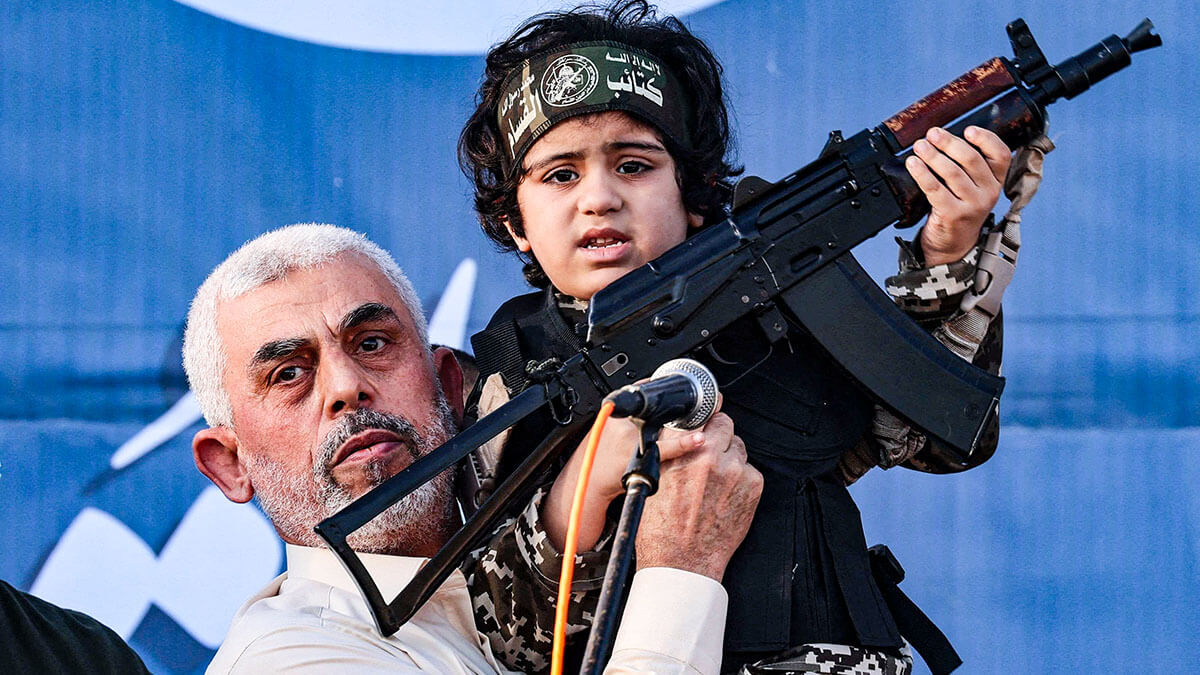
Minutes after the appointment, Hamas's armed wing, the Ezzedine Al-Qassam Brigades, fired several rockets from Gaza at the Israeli towns of Ascalon and Sederot, near the border with the Palestinian enclave.
#BREAKING: Sirens warn of rocket fire from Gaza on the southern Israeli cities of Ashkelon and Sderot. pic.twitter.com/seI80LKXZ6
— Israel War Room (@IsraelWarRoom) August 6, 2024
Sinwar, 61, is known for his ruthlessness against Palestinians themselves. The current leader of the terrorist group, nicknamed "the Butcher of Khan Younis", has been accused of torturing and killing with his bare hands anyone suspected of collaborating with Israel.
Because of his terrorist activities, Sinwar has spent much of his adult life, more than 22 years, in Israeli prisons, where he is believed to have been further radicalised. While in prison, Israeli doctors saved his life by removing a brain tumour. Paradoxically, one of the doctors who treated him at the time lost his nephew in the 7 October attack that Sinwar planned.
El médico israelí Yuval Bitton, que ayudó a salvar la vida del líder de Hamás, Yahya Sinwar, ha revelado que su sobrino, Tamir Adar, es uno de los rehenes secuestrados en Gaza.
— Acción y Comunicación sobre Oriente Medio - ACOM (@ACOM_es) November 28, 2023
El Dr. Bitton formó parte de un equipo médico que salvó a Sinwar cuando lo operaron para extirpar un… pic.twitter.com/3zAlBBpEun
He was finally released from prison in 2011 as part of a deal whereby 1,027 Palestinian and Arab Israeli prisoners were freed in exchange for a single Israeli hostage, soldier Gilad Shalit. The soldier was held captive for 5 years after being kidnapped by, among others, the brother of Sinwar, a senior Hamas military commander.
Due to the high number of released Palestinian prisoners, Sinwar has since called for more kidnappings of Israeli soldiers.




